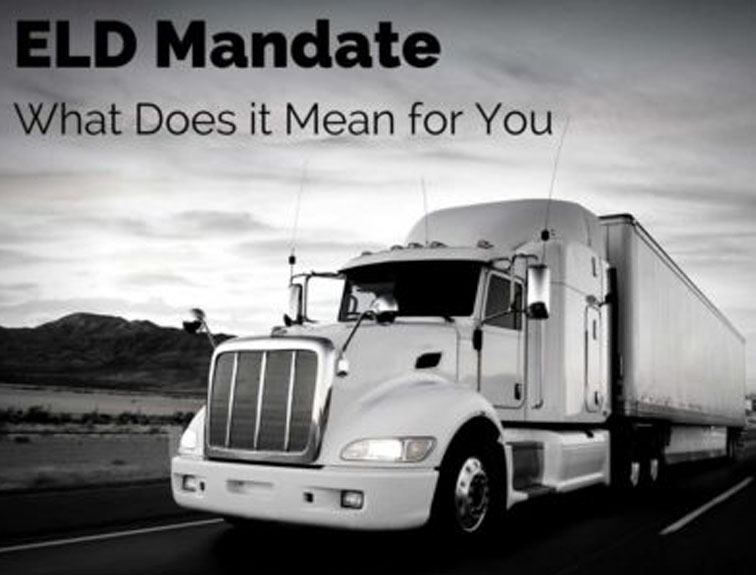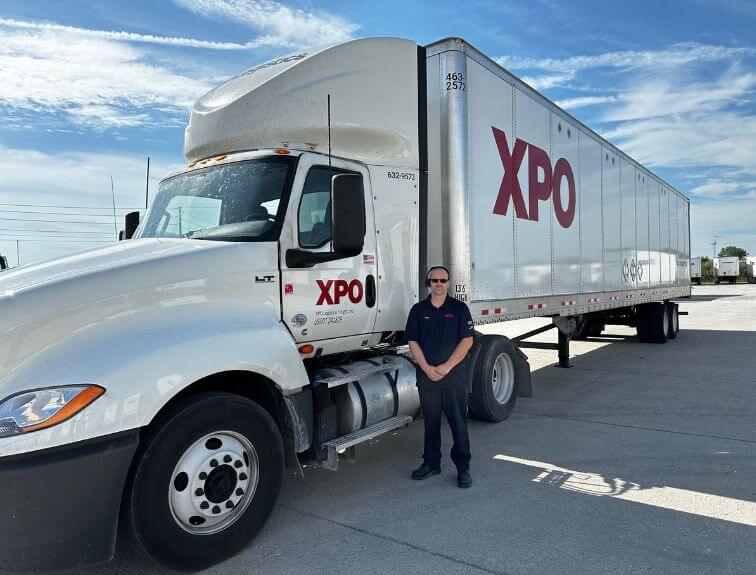An Electronic Logging Device (ELD) records a truck driver’s Record of Duty Status (RODS) in compliance with Hours of Service (HOS). ELDs replaced the log book that most fleets used to record their HOS requirements.
The Federal Motor Carrier Safety Administration (FMCSA) published the final ELD mandate in December 2015. This rule intends to create a safer work environment for drivers and makes it easier and faster to accurately track, manage, and share RODS data.
Companies had to start using ELDs as of December 18, 2017 to keep in compliance. Fleets using other electronic devices have until December 2019 to convert their technology or to bring it up to code.
So, why are ELDs better than log books?
Electronically Tracked Hours of Service
Drivers save time on the road without needing hard-to-read logbooks. Many systems integrate map and route solutions as well, which can help drivers navigate around construction or avoid high-traffic areas.
Improves Communication
Dispatchers and fleet managers can see e-logs on a near real-time basis. This means better communication between a fleet manager and a driver. In addition, it also increases the efficiency of route planning and has better tracking for deliveries.
Smartphones and Tablets Work
Smartphones or tablets can be used if the system meets ELD requirements (including a hardwired connection to the truck’s engine). This helps address the costs associated with some systems.
Takes Away the Guesswork
This is the end of guessing on your paperwork. ELDs give accurate reports allowing the drivers to spend more time on the road and less time filling out faulty paperwork.
Understanding the benefits of electronic logging can make the transition to ELDs easier for everyone.
Get up to speed with CDL training from Napier! To get rollin’ call us today at 1-888-368-2495! Happy trucking!




